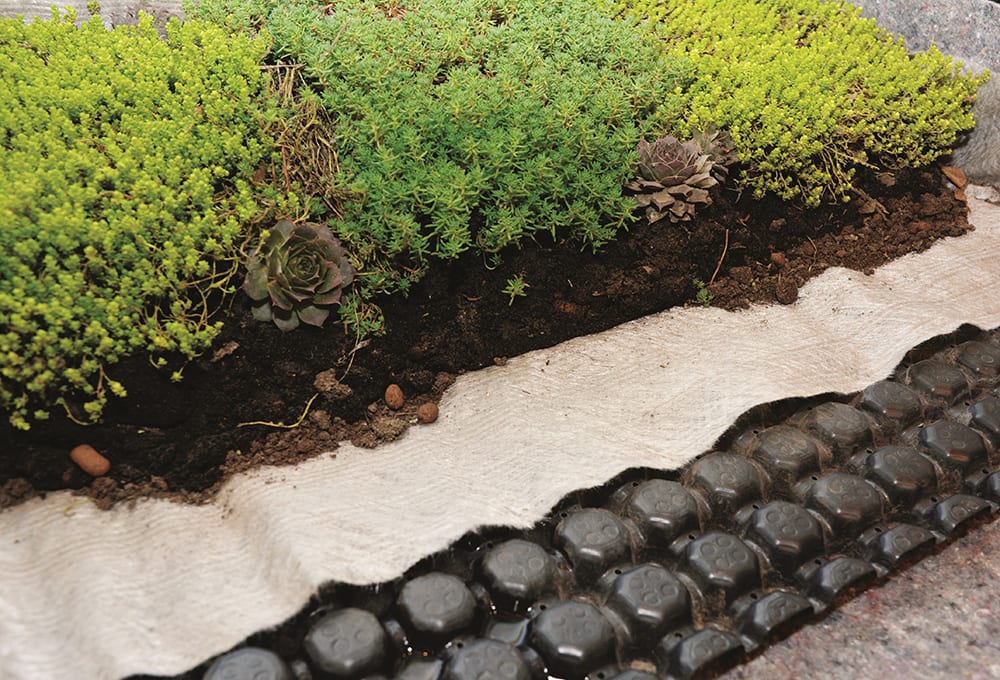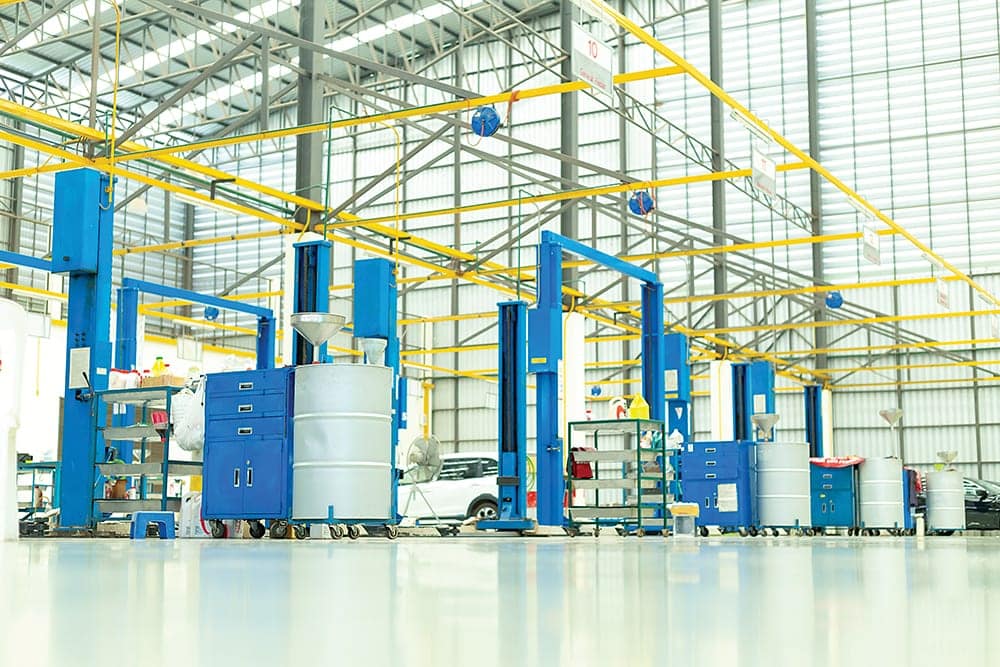Adhesives and sealants play crucial roles as technology enablers. From joining lightweight, disparate materials together, to sealing out moisture and air, to speeding production lines and protecting high-value, sensitive products—adhesives and sealants contribute to the advancement of a whole host of technologies employed across a wide range of industries. Innovation and continual development of new adhesive and sealant solutions are, in fact, essential to the ever-improving performance of automobiles and airplanes, smart personal electronics, solar panels, roofing, windows, and many other construction materials, industrial processing equipment, and endless consumer products.
One of the most promising areas of opportunity for adhesive and sealant technology is energy efficiency. Announcements about new adhesives and sealants designed to improve energy efficiency are made on a frequent basis across numerous applications. For instance, in September 2019, PPG announced a partnership with the U.S. Department of Energy (DOE) Lawrence Livermore and Pacific Northwest National Laboratories. In an effort to boost energy efficiency, their collaboration will use supercomputer technology to develop structural adhesives for vehicles that are built from lightweight materials. As part of the PPG-DOE partnership, computer models will be developed to evaluate the impact of water on the aging of new adhesive chemistries for bonding aluminum, carbon-
fiber composites, magnesium, and high-strength steel with the goal of identifying those with a reduced likelihood of corrosion and thermal expansion issues. Sika, meanwhile, won the 2019 Swiss Technology Award for an innovative adhesive designed for lightweight transportation assembly that brings the qualities of both high-strength structural and elastic adhesives together in one product.

In the building environment, new adhesives are enabling the use of warm-edge spacer systems in glass unit insulation, offering improved durability and performance compared to traditional aluminum spacers. Edge sealant systems comprising a primary seal and a secondary silicone sealant prevent gas migration despite the stressors to which large glass structures are subjected. An advanced adhesive can also boost the efficiency of solar cell joints, according to the DOE National Renewable Energy Lab (NREL). Connecting two solar cells into one bigger cell using a transparent conductive adhesive of silver-coated microspheres embedded in epoxy can, says NREL, result in a nearly 4% increase in efficiency for the combined cell.
Sika won the 2019 Swiss Technology Award for an innovative adhesive designed for lightweight transportation assembly that brings the qualities of both high-strength structural and elastic adhesives together in one product.
The recyclability of many products that are constructed with adhesives could potentially be increased if a technology developed by researchers at the University of Sussex can be commercialized. Their new adhesive debonds when exposed to an alternating electromagnetic field as metal particles in the adhesive are heated, leading to melting of the adhesive with little residue. Meanwhile, scientists at Purdue University College of Science are taking cues from various lifeforms to develop new high-performance tunable adhesives with potential applications in cardboard packaging, construction materials, furniture, and other household items. The research began with a focus on how shellfish adhere to rocks. Today, Purdue is also exploring the adhesion processes of plants, fruits, and nuts. Their investigations have revealed an important role for the reaction of tannic acid and zein protein in adhesion.
In the medical field, sealants and adhesives find limited use today as replacements for sutures, staples, and wires in surgery. However, adhesives have significant potential for an expanded set of applications. French firm Tissium recently raised nearly $43 million in Series B funding for further development of the technology behind its Setalum sealant. The company is interested in using the technology to develop a more biocompatible polymer for use in implantation and anchoring of various devices, like plugs, and in drug delivery. Spanish company Sibemed, meanwhile, has developed a special hypoallergenic adhesive designed to attach a small plastic device to the forehead that wakes snorers when they lie on their backs.
The technology could potentially be useful for bonding high-density polyethylene used in geomembranes, piping, plastic bottles, clothing for extreme climates, body armor, and bullet-proof vests.
In the fashion industry, adhesives may help prevent the sale of counterfeit products and improve supply chain efficiency. Ralph Lauren Corporation is one of the first companies to use labels with built-in Digital Product Identities, which consumers can scan with a smartphone to confirm the authenticity of a garment. The digital labels, produced in partnership with Avery Dennison and the Internet-of-Things company EVRYTHNG, also provide buyers with information such as the details required to track the supply chain. In a more down-to-earth application, new solvent-free Tuftak polyurethane adhesives (1L and 2K versions) from Chemique Adhesives are designed to ensure that synthetic turf used in gardens and sporting venues stays attached to the underlying surface. The adhesives work with the company’s wireless GA3 adhesive delivery system for easy and efficient application and provide high initial tack and permanent bonds that give lasting flexibility and shock absorption.
UV-cured adhesives continue to draw attention due to their short curing time. The applications of this technology could potentially be expanded if research by scientists at the Universities of British Columbia, Victoria and Alberta show that it is practical in an industrial setting. The researchers studied an adhesive that, when exposed to long-wave UV light or heat, undergoes extensive crosslinking, leading to the formation of strong, molecular-level bonds between plastics and synthetic fibers that are impact- and corrosion-resistant. The technology could potentially be useful for bonding high-density polyethylene used in geomembranes, piping, plastic bottles, clothing for extreme climates, body armor, and bullet-proof vests. Manufacturers using UV-cured adhesives from Dymax benefit from special color-changing technology incorporated into these products. For example, the company’s Encompass® light-curing adhesives change from blue to clear when they are fully cured. Newer products from the company now also fluoresce red under black light, allowing for a bond-line quality check after curing.
CoatingsTech | Vol. 17, No. 3 | March 2020
